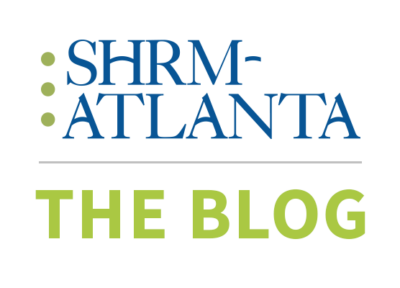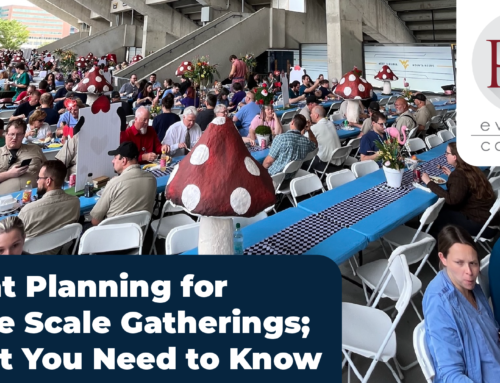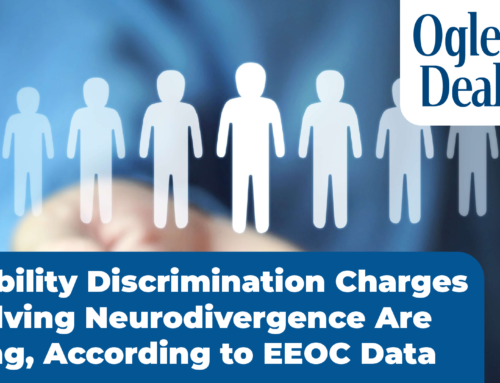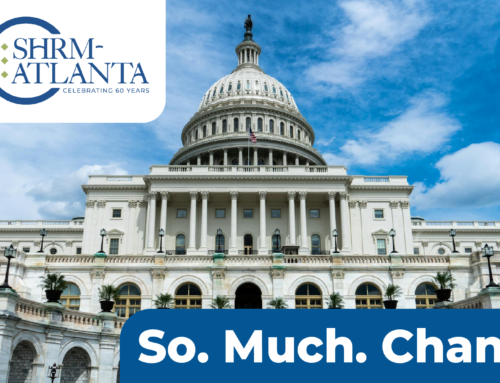Employee expectations towards work have changed. HR leaders need new ways to engage and retain top talent. Here’s why unifying how you schedule, pay, manage, and communicate with your people can help them reach their full potential.
The pandemic has had a domino effect on every aspect of our lives. One unexpected aftershock is that workers around the world have revaluated what they want from work, and what they’re willing to accept from their employers. The world of work has changed over the last two years, and so have your peoples’ expectations. Employers need to figure out how to meet workers’ changing and diverse expectations, while helping them reach their full potential at work.
As HR teams are usually responsible for multiple core business functions, including payroll, time tracking, scheduling, performance management, employee learning, and more, it’s important to ensure all these activities are efficient, effective, and done in compliance.
Finding the disconnect
The challenge many organizations face is that they’re navigating all these functions in silos, using multiple technologies. The result is that there often isn’t clear communication between these different technologies, which leads to separate reporting, separate controls for managing compliance, and less access to clean, effective data to generate insights.
A unified solution can provide real-time insight into how your people decisions – such as scheduling choices, overtime costs, and compensation – impact revenue, profitability, and productivity. Understanding the cause and effect of these decisions is critical workforce intelligence that allows you to work smarter and manage costs more effectively.
Instead of continually adding on solutions and finding fixes to help them work together, a full-suite HCM system connects every HR process and employee across your workforce. When each of your HR functions are connected across a central platform, this single-solution architecture unifies your people data in one place and can grow with your business.
With a global platform like Dayforce that combines HR, payroll, benefits, workforce management, and talent management in a single application, you can deliver empowering experiences that put your people first, leverage workforce intelligence across your workforce activities, and reduce risk across your workforce activities.
Here’s how a single solution HCM suite can transform your employee experience, while meeting operational goals and reducing risk exposure.
Helping your people manage change
Changes in the workplace are happening at a staggering pace. Since 2020, McKinsey found many organizations are acting 20 to 25 times faster than they would have expected to digitally transform how they run their business.
And people are becoming exhausted with the rate of constant change and disruption, which makes it more critical than ever for organizations to manage change strategically. According to Gartner, change management will be a priority for CHROs in 2023.
Your people may experience change daily, from minor disruptions like schedule changes and new health and safety requirements, to macro ones such as changing customer demand, acquisitions and mergers, or organizational restructuring. The right technology platform can support change management by connecting your workforce and empower people through access to information.
When there are so many moving pieces, it becomes critical to have a single, cohesive system that is flexible and can adapt to changing requirements and circumstances. This way, you’re not making HR’s job more complex than managing people already is. Using one consistent user interface can increase adoption, comfort, and boost productivity for your controllers and employees.
Providing flexibility in how, when, and where your people work
Employees want more choice, flexibility, and personalization than ever before. The rise of remote work has opened the door for people to look at job opportunities outside of their previous commuting radius. If retention is one of your core challenges, providing personalized experiences can be a powerful strategy for empowering and engaging your people.
How can you adapt your human capital management strategy to match today’s reality?
- Workforce management systems for flexible scheduling and planning
- Mobile applications to access HR functions anytime and anywhere
- Internal talent development that supports self-driven learning and reskilling
- Benefits to support financial and mental well-being
Having a single, full-suite HCM solution that focuses on people can help organizations retain talent, with one end-to-end experience that helps makes employee lives easier.
Supporting HR initiatives with workforce intelligence
Leaders need to be able to easily access their data to make smarter decisions faster. This is why having the right data architecture is essential to your HCM strategy. Housing all of your people data in a single source means there is no extra data movement or transformation required. Instead of comparing siloed reporting, your employee time-tracking data can seamlessly compliment the corresponding payroll information.
When your data is clean and effective, analytics tools can combine data from payroll, scheduling, time, benefits, and recruiting, and highlight areas for improvement.
Dedicated HCM systems can also augment your data with workforce intelligence, which, in turn, can better support your team. Consider how programs like Grammarly can intelligently support spellcheck and grammar but wouldn’t write your emails for you. The right augmented intelligence can help improve visibility into your workforce planning, resulting in faster time-to-market, higher customer loyalty, improved collaboration and compliance, and labor cost savings.
Automating compliance
Staying on top of compliance requirements regionally and globally can be a challenge for organizations. Payroll, scheduling, and benefits regulations and internal requirements are ever-changing and can differ across regions.
To manage a dynamic and borderless team, HR leaders need to be able to handle complex compliance needs. It can take time to understand and configure multiple applications to adhere to the specific compliance complexities of payroll, taxes, garnishments, and scheduling for different worker types and regions. Not only is it time-consuming, but this represents risk to your organizations if not properly accounted for.
What are your current processes for managing compliance? Dayforce has flexible rules engines built in to help your team address changing payroll and tax rules across multiple jurisdictions. When your systems are built to handle HR-specific processes, it’s easier for your team to automate steps in their existing workload.
A single HCM suite is essential to empower your people, deliver workforce intelligence, and automate compliance. This leads to better employee retention, a stronger employer brand, and improved well-being of your people, all essential for thriving in a complex, ever-changing business world.





